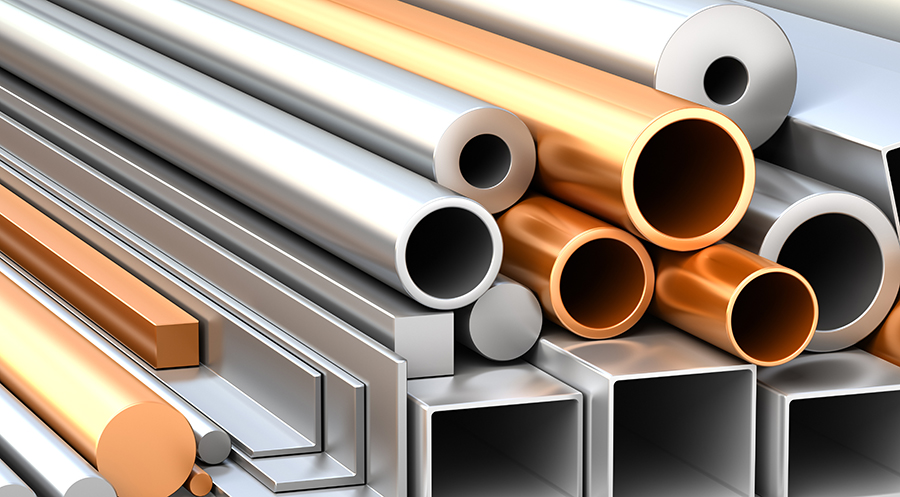We once had a customer ask us to make a truck box out of stainless steel. The material costs alone made the customer decide the project wasn’t worth pursuing. The fact is, sourcing the right material for the job, has a critical impact on costs and we routinely are asked to use materials that don’t suit the intended use of the part.
When customers bring projects in to us, they sometimes have their own stock material that they want us to work with or they ask us to source material on their behalf. If we’re sourcing material we can suggest the specific type and grade of material that will work best for your part, providing you have supplied all the details of your application and what you need your part to do.
Using Standard Sized Material
Parts can be made from any size material but can be more expensive because non-standard sized material is more difficult to source. In some cases, non-standard materials may have to be manufactured by special order which increases time and cost. As well, you run the risk of that non-standard sized material becoming obsolete due to low demand or high cost.
Using standard-sized material also applies to prototype and R&D, even more so. The small volume can make materials very costly. Machining standard materials to fit for the purposes of testing/validation is usually less expensive than a special order. Working with your vendor, however, can help you determine the best option.
Using International Suppliers
Suppliers in different areas of the world may use different codes for identifying materials. As well, the chemical composition may vary and measurement units can be different so depending on the application and tolerances it may make more sense to use a single supplier.
Drawings from different countries may use non-standard metal classifications and cross-referencing them can be difficult. Currently, there is no one unifying source to help translate the classifications which can make it difficult when ordering materials.
Controlling for Material Surface Issues
Virtually every material has surface issues if you look closely enough so drawings that specify that a part surface is “free of defects” can be challenging. Drawings and purchase orders should specify at what magnification ratio the surface needs to be examined as well as the inspection method.
Costs of material surface inspection increase with the level of inspection. As in, the closer the examination, the higher the cost so it is important that you are not over-engineering the part and asking for surface finish processing that exceeds your requirements and budget.


